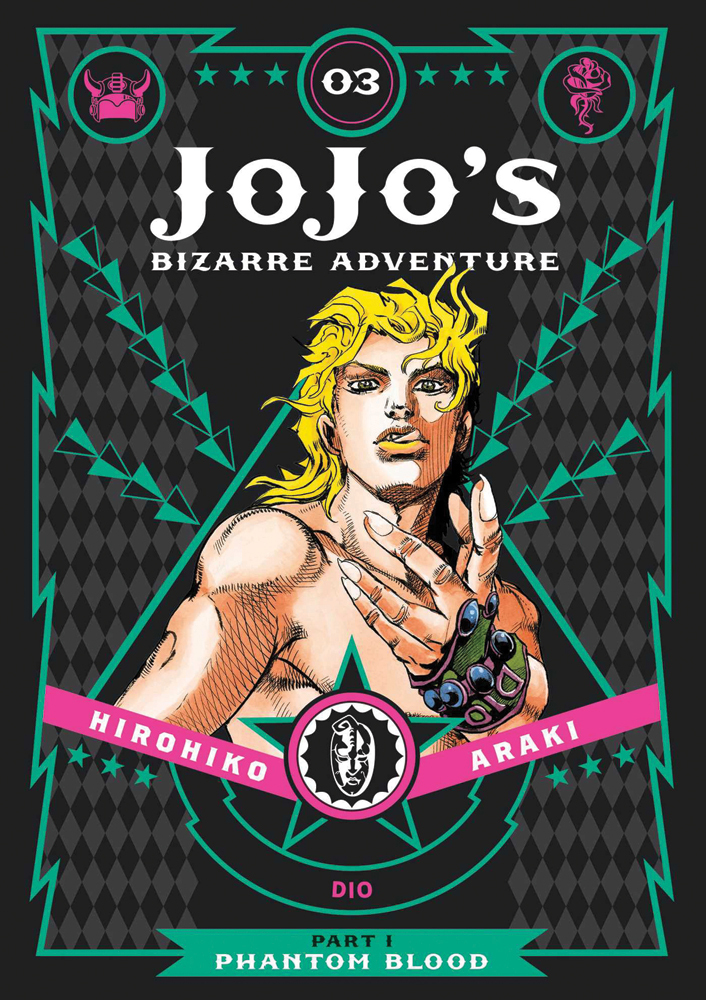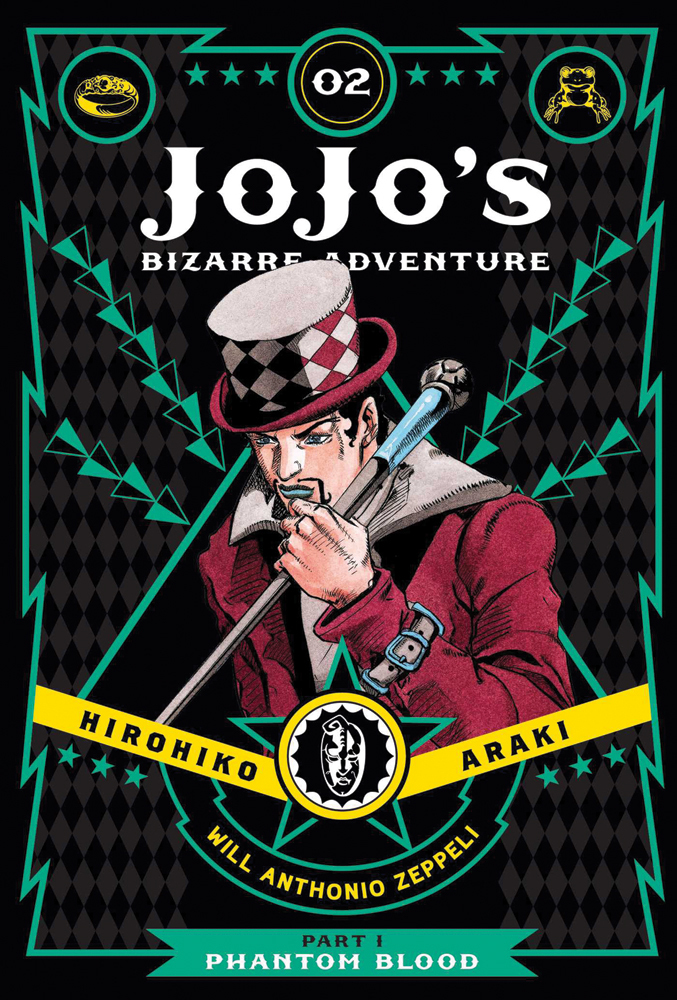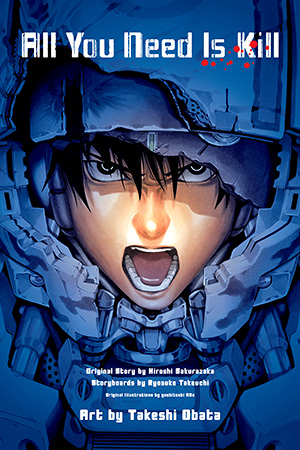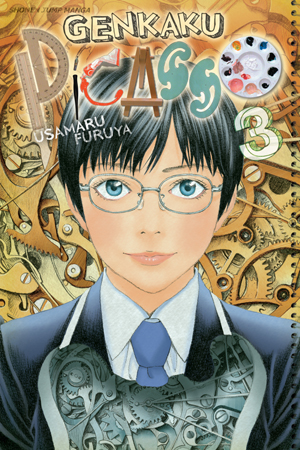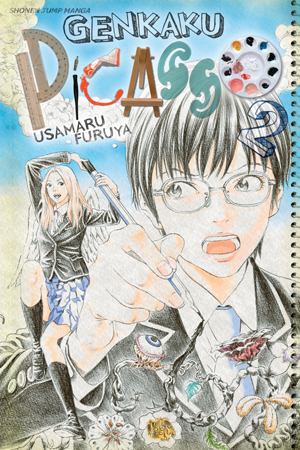Creator: Hirohiko Araki U.S. publisher: Viz Media ISBN: 9781421578804 Released: August 2015 Original release: 1988 Although I had been previously aware of the manga series for some time, my …
Continue Reading about JoJo’s Bizarre Adventure, Part 1: Phantom Blood, Volume 3 →
